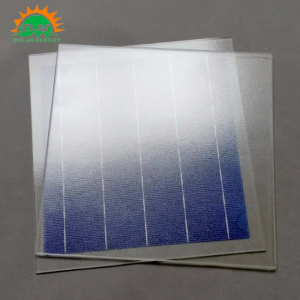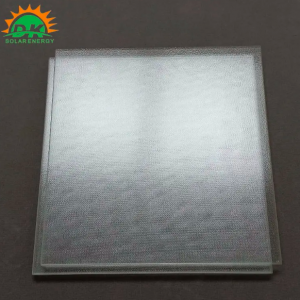In the pursuit of sustainable energy solutions, researchers and innovators around the world continue to push the boundaries to create more efficient and environmentally friendly technologies. Recently, an Australian study unveiled groundbreaking findings that have the potential to change the farming industry. It demonstrates how solar glass, when incorporated into a greenhouse, can harness the sun's energy while drastically reducing energy consumption. This article provides an in-depth look at the exciting field of solar glass technology and its profound implications for the future of agriculture and environmental protection.
Solar Glass: An Energy-Saving Miracle:
Greenhouses have long been important structures for growing crops and extending the growing season. However, the energy requirements associated with maintaining optimal temperature and lighting conditions often cause environmental concerns. The advent of solar glass, a state-of-the-art technology for integrating solar cells into glass panels, opens up new possibilities.
The world's first transparent solar glass greenhouse:
A pioneering study in Western Australia in 2021 has unveiled the world's first transparent solar glass greenhouse. This remarkable structure was developed using innovative Building Integrated Photovoltaics (BIPV) technology, which has achieved impressive results. The researchers found that the greenhouse managed to cut greenhouse gas emissions by nearly half, marking a major milestone for sustainable agriculture.
Harness the power of the sun to:
Transparent solar glass panels used in the greenhouse efficiently capture sunlight and convert it into clean, renewable energy. By seamlessly integrating solar cells into glass, this revolutionary technology enables farmers to generate electricity while providing a favorable environment for plants to grow. The surplus energy generated can even be fed back into the grid, reducing dependence on fossil fuels.
Benefits beyond energy efficiency:
In addition to reducing greenhouse gas emissions, solar glass greenhouses have other benefits. The transparency of the glass panels ensures ample sunlight penetration, boosting photosynthesis and increasing crop yields. This innovative technology also provides insulation, reducing heat loss during colder periods and mitigating excess heat build-up during hot summer months. As a result, this creates a more stable microclimate, allowing a greater variety of crops to be grown throughout the year.
Promoting sustainable agricultural development:
Integrating solar glass technology into greenhouses offers a transformative solution for the agricultural sector. As the technology becomes more ubiquitous and affordable, it will revolutionize farming practices across the globe. By significantly reducing energy consumption and carbon footprint, solar glass greenhouses help create a more sustainable future. Furthermore, the adoption of such green technologies can strengthen the resilience of the industry by insuring against energy price volatility and reducing dependence on conventional energy sources.
in conclusion:
Solar glass technology has emerged as a remarkable tool for fighting climate change and revolutionizing the agricultural landscape. The world's first transparent solar-powered glass greenhouse, showcased in Australia, marks a promising step towards sustainable farming practices. With the incredible ability to reduce greenhouse gas emissions, increase crop yields and achieve energy self-sufficiency, solar glass offers an environmentally friendly method for food production. Such innovative solutions that combine technology, environmental awareness and human creativity must be embraced and promoted as we strive to create a greener tomorrow.
Post time: Aug-25-2023


